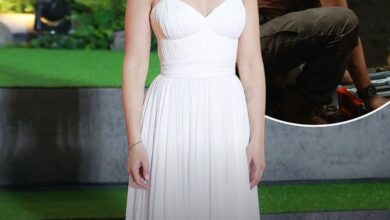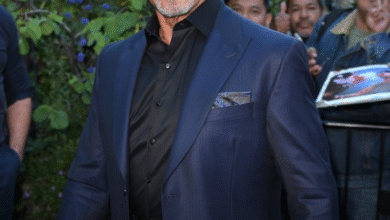Marilyn Monroe’s Career-Defining Role She Walked Away From—And Why
OPINION: This article may contain commentary which reflects the author's opinion.
Marilyn Monroe, the quintessential Hollywood icon of the 1950s and early ’60s, is remembered for her glamorous “blonde bombshell” roles in classics like Some Like It Hot (1959) and Gentlemen Prefer Blondes (1953). Yet behind the glitz and fame, Monroe battled typecasting and sought to be recognized as a serious actress. One of the most intriguing “what-if” moments in film history centers on a role she famously turned down—the lead in Breakfast at Tiffany’s (1961), Holly Golightly, a character many believe was crafted with Monroe in mind.
Striving for Artistic Depth Amid Typecasting
Monroe’s early career began in modeling during World War II before signing with 20th Century Fox. Despite her rising star, she struggled to escape the “dumb blonde” stereotype that Hollywood repeatedly cast her in. Determined to refine her craft and take control of her career, Monroe founded Marilyn Monroe Productions and studied at the Actors Studio. She deliberately sought roles that showcased her emotional range and complexity.
Holly Golightly: A Role Tailored for Monroe
The role of Holly Golightly, the enigmatic and vulnerable heroine of Truman Capote’s novella, was originally intended for Monroe. Capote himself noted the striking parallels between Monroe and Holly: both were orphans, grew up during difficult times, and shared complex personal histories marked by exploitation and survival. Holly’s description—“albino-blonde hair,” large, captivating eyes, and an upturned nose—echoed Monroe’s own features, making her a natural fit.
However, Monroe’s acting coach, Paula Strasberg, advised against taking the role, fearing that portraying a “lady of the evening” might tarnish Monroe’s carefully cultivated public image. Already grappling with the pressures of fame and personal difficulties, Monroe decided not to risk her reputation by accepting the part.
The Hollywood “What-If”
Monroe’s decision remains one of cinema’s greatest “what-ifs.” While Audrey Hepburn’s portrayal of Holly Golightly became legendary—defining elegance and charm—many critics and fans speculate that Monroe’s version could have offered a darker, more emotionally raw take, infused with her own life experiences. This unique interpretation might have reshaped her career and expanded her artistic legacy.
Corroborating Sources
Numerous sources support the claim that Monroe was the original choice for Holly Golightly. BuzzFeed’s list of actors who turned down iconic roles highlights Monroe’s initial casting. Similarly, Far Out Magazine and Collider discuss her connection to the role and her eventual refusal, underscoring the role’s significance in her career trajectory.
Other Roles She Might Have Passed
While Breakfast at Tiffany’s is the most notable role Monroe declined, some sources suggest she may have turned down other projects to avoid further typecasting. These decisions reflect her ongoing struggle to balance commercial appeal with artistic integrity.
The Impact of Her Choice
Monroe’s refusal to play Holly Golightly reveals her internal battle to break free from Hollywood’s limiting labels. The decision likely stemmed from the intense scrutiny she faced and a desire to protect herself from roles that mirrored her personal struggles too closely. Though Hepburn’s iconic portrayal remains celebrated, Monroe’s choice underscores the complexities behind the making—and unmaking—of classic cinema legends.
In the end, Marilyn Monroe’s story is not just about missed roles but about a woman striving for authenticity in a world eager to define her otherwise.



